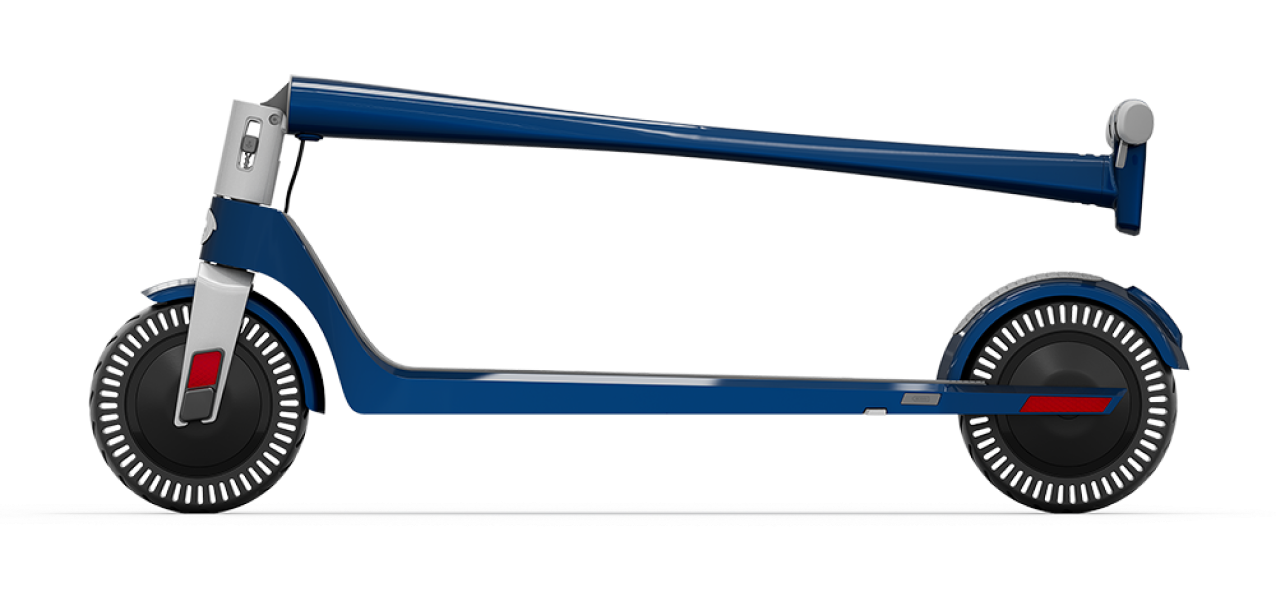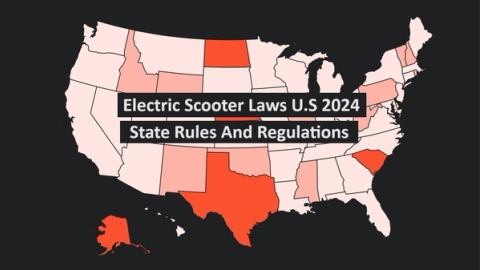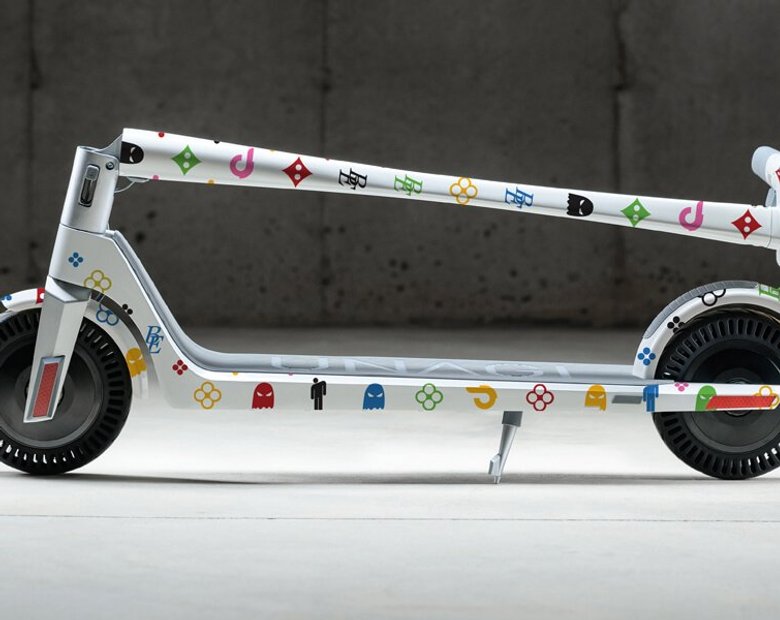With White Glove Love, we go where you go. All-Access members who are traveling can get an Unagi electric scooter for use during their trip, delivered to their hotel or Airbnb, at no extra charge. Now available in 8 U.S. cities.
The number of electric scooters on the streets is growing daily. While the manual version was once the privy of young children, the electric scooter is most definitely for grownups.
But how does an electric scooter work? What goes into these urban travel vehicles in order to move the wheels, brake, or even make them turn?
If you are interested in learning how an electric scooter works, you’ve come to the right place.
In this definitive guide to e-scooters, we will shed light on how an electric scooter like the Unagi Model One works. We'll talk you through the vital components and the respective roles they each play in making your electric scooter the miraculous feat of engineering it is.
Excited to learn? Let’s dive in!
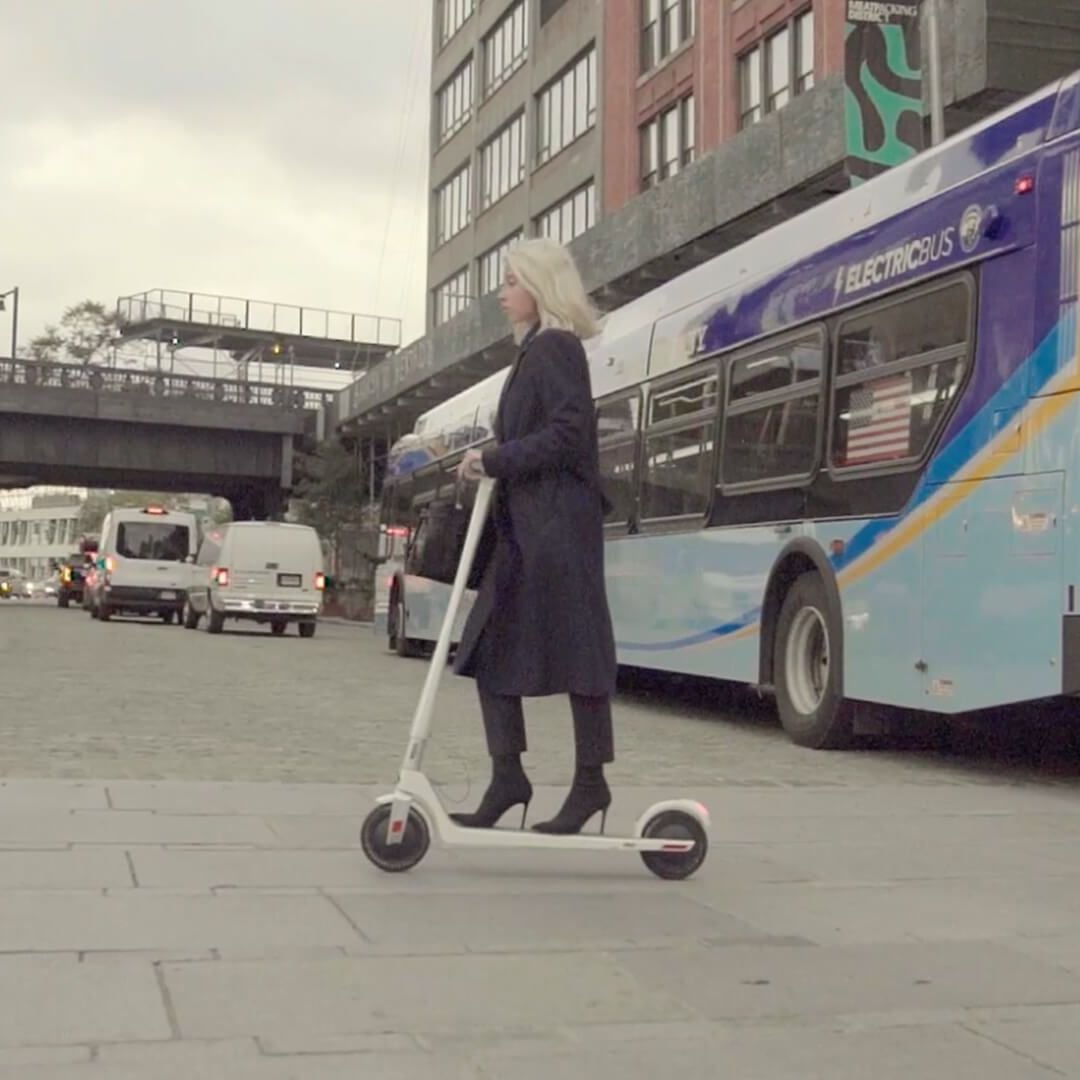
How Does an Electric Scooter Work?
Advancements in technology and material science innovations, improvements in ride comfort and convenience, and, most importantly, awareness of the dangers of climate change have paved the way for the rising popularity of these electric commuter vehicles over the past decade.
But how does an e-scooter work?
Well, quite simply in its component parts, an e-scooter consists of a battery, motor, throttle and controller. And out of these parts, the battery and motor are two of the most essential components of an electric scooter.
When a rider twists the throttle on the handlebar, the controller reacts by commanding the battery to send electric energy to the motor which is mounted on the hub of the wheels. The motor uses this energy to rotate the gear which then moves the wheels of the electric scooter forward.
Like regular kick scooters, some e-scooters need to be pushed off the ground using a foot while twisting the throttle to engage the motor. They might also need to be maneuvered using the t-stem handlebars and stopped using brakes. The speed at which the scooter can go will depend on the throttle.
Of course, this is just a basic overview of how electric scooters work. Each of the electric scooters on the market come in slight variations, meaning they each work slightly differently.
So, to better understand how electric scooters work, we'll need to explore each component separately.
Battery
The battery is one of the key components of an electric scooter as it determines how far the scooter can go on a single charge. The more powerful a battery is, the longer the ride distances on a single charge, and the better the overall performance.
Electric scooters may come with one of these three types of batteries:
- Nickel Metal Hydride
- Lead-Acid
- Lithium-ion
Nickel Metal Hydride (NiMH) Battery
An older battery type, NiMH strikes a perfect balance between the widespread lead-acid and the newer lithium-ion. This battery holds a charge for longer than its lead-acid counterparts. However, the downside is that it’s heavier than the lithium-ion battery.
Lead-Acid Battery
Though a bit cumbersome for general use, lead-acid batteries are the long-standing mainstay of devices that require rechargeable batteries because they're the cheapest available. They're also the preferred power source for golf carts and some automobiles. And they're the most common battery in older scooter models.
Lithium-ion Battery
Lithium-ion batteries are the newest and most appropriate battery types for electric scooters. Not only are they smaller, lighter and more eco-friendly than the rest, they’re also more powerful and hold a charge far longer than both the NiMH and lead-acid versions.
In many ways, the advances in lithium-ion battery tech have helped push electric bikes and scooters into the spotlight.
How Does an Electric Scooter Battery Work?
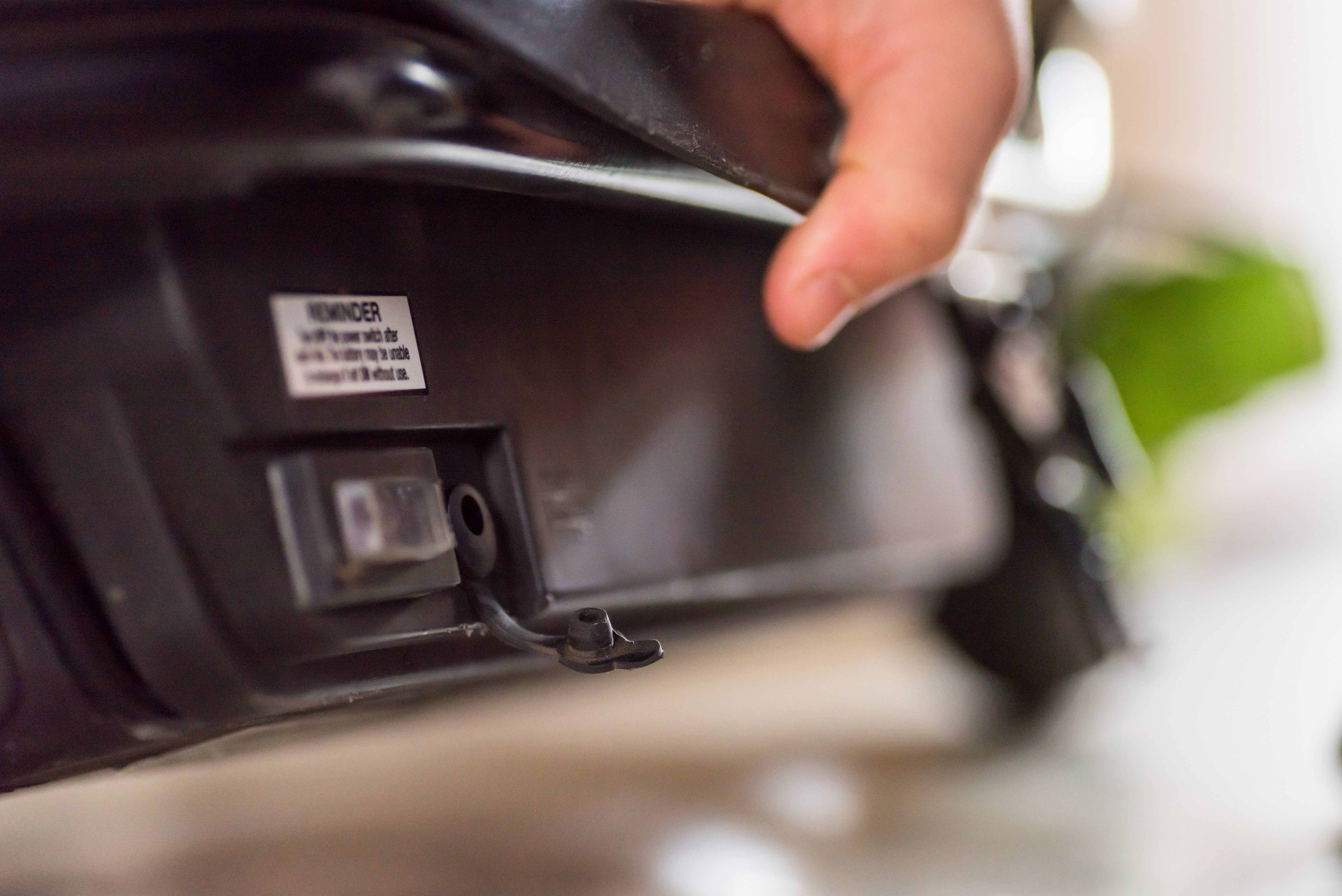
As mentioned earlier, the battery choice for most electric scooters, including our own Model One is lithium-ion. E-scooters are generally powered by either Samsung or LG lithium-ion batteries, because they are lightweight, durable, reliable and long-lasting.
An electric scooter battery consists of an anode, cathode, and a porous or void membrane known as a separator. There is a medium between the two terminals through which lithium ions (or the energy) can move.
Lithium ions move from the anode to the cathode when discharging, and vice versa when charging. This flow of lithium ions back and forth between the anode and the cathode is what generates electrons, and hence electricity.
In modern Li-ion batteries, the space between the anode and the cathode has been squeezed in order to increase the energy storage capacity of the batteries.
How far can an electric scooter go without charging? The battery capacity determines how far a range an e-scooter can achieve on a single charge.
To calculate the energy storage capacity of the battery, you need two most important metrics:
- Voltage- denoted in Volts (V)
- Charge- denoted in Ampere-hours (Ah)
To calculate the energy storage capacity of the battery in Watt-hours (Wh), multiply the Volts (V) by the Ampere-hours (Ah).
Example: 1 V * 1 Ah = 1 Wh
The higher the Wh, the bigger the battery capacity and the more range the scooter will have. Of course, that’s not the only factor affecting the range of an electric scooter, but it is a big one. Other factors like rider weight and road conditions also come into play.
In general, most scooters max out at 12 to 15 miles on a single charge.
Motor
The motor is a critical component of an electric scooter. Its power determines the top speed, climbing ability, load capacity and to some extent, the range of a scooter.
There are two basic types of motors used in e-scooters today, including brushed DC (direct current) motors and brushless DC motors.
Brushed DC Motors
Brushed DC motors are based on an older form of motor technology that dates back to the 1800s. Brushed DC motors generate power using two sets of electromagnets.
A large, cylindrical mechanical brush drags along a smaller magnet inside the motor, generating magnetic fields which power different coil phases.
As a result, the inside of the motor turns continuously and generates power. Brushed DC motors have an efficiency of around 75-80%.
Brushless DC Motors
Also known as BLDC (brushless direct current) motors, brushless DC motors are a more modern technology that emerged in the 1970s. Brushless motors are almost like an inverted version of brushed motors.
As such, the magnetic components that move in brushed motors are the parts that are stationary in brushless motors. These motors use digital switching circuitry to alternatively power different coils inside the motor.
BDLC motors have an efficiency of about 85-90%. They’re also more durable and have higher power-to-weight ratios than their brushed equals.
How Does an Electric Scooter Motor Work?
Most quality electric scooters are powered by a BLDC motor. In fact, we anticipate that nearly all newer electric scooter brands will come with brushless hub motors going forward.
What does that mean?
Well, instead of having one motor powering all the wheels through chains and gears, the motor is integrated directly into the wheel itself—so the electric motor and the wheel are one and the same thing.
How e-scooter hub motors work is simple; the motor listens to the rider’s input through the controller. When you push the throttle button on the handlebar, the controller signals the battery to release energy to the motor to produce movement.
In hub motors, electromagnetic fields are delivered to the static coils of the motor. The external part of the motor tries to follow those fields, causing the attached wheel to spin.
The amount of power generated by the motor is expressed in Watts (W). Most electric scooters are rated between 250W and 600W, but higher performance scooters can have much, much more.
Though the manufacturer will usually label the product’s motor power in watts (W), you can also calculate and double-check it. Simply multiply motor voltage in volts (V) by the current in amps (A). For example, let’s consider an e-scooter motor running at 36V and 7A.
In that case, its power output will be: 36 V * 7 A =252W.
Generally speaking, you can expect around 0.62 mph for every 10-20 Watts of power. However, in most cases, anything less than 300 Watts will struggle climbing steeper hills.
Keep in mind electric scooters with brushless hub motors are relatively expensive. The good news is they’re more efficient, quieter and longer-lasting than brushed motor systems. Hub motors are also less likely to malfunction, which means they require minimal maintenance.
Throttle
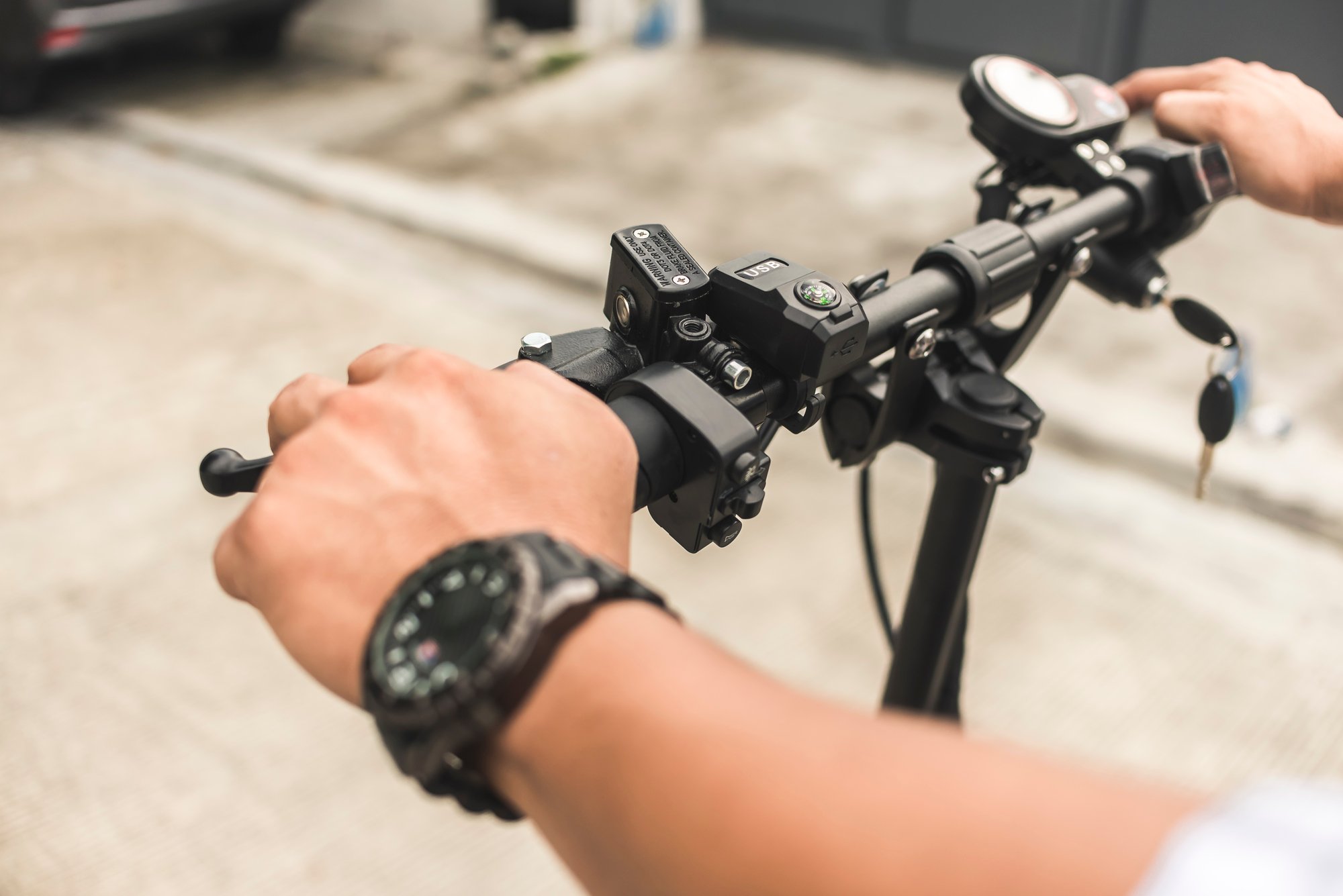
The throttle also plays a critical role when riding an electric scooter. E-scooter throttles aren’t created equal. Today, there are three main types of throttles, including a twist throttle, finger (trigger) throttle, and thumb throttle.
Twist Throttle
A twist throttle accelerates the scooter when you hold and twist (or roll) the entire handgrip towards you. It requires that you use all your fingers and thumb. But if needed, you can still use a couple of fingers to hold and cover the brakes while accelerating.
Finger Throttle
The finger (trigger) throttle moves the scooter when you squeeze the throttle down with a finger. This throttle makes it easier to access and control most performance settings, including cruise control, display brightness, regenerative braking strength, etc.
Thumb Throttle
The thumb throttle accelerates the scooter when you press the throttle inward towards your palm. Of all throttle styles, the thumb throttle is the smoothest when it comes to modulating speed. You will find the thumb throttle across most entry-level e-scooters.
How Does an Electric Scooter Throttle Work?
In the simplest terms, the throttle commands the scooter to accelerate at a certain speed. Pressing the throttle sends a signal to the controller via cables.
The controller then instructs the battery to release more power to the motor. And finally, the motor responds by propelling the scooter forward.
How fast you want to go will entirely depend on the amount of pressure you apply. But all in all, throttles come in handy when you want to ride on hilly or elevated terrain, cruise at different speeds, or save the power of your battery.
How Does an Electric Scooter Controller Work?
The controller, one of the most under-appreciated components of an e-scooter, is the force behind every function of the personal mobility device. It allows for the communication between the acceleration, electric brakes, the battery, the motor, and almost every other control.
An e-scooter controller receives input from the rider and sends it out to the relevant part. When you twist the throttle, for example, the signal passes through the cables through the controller, which then notifies the battery to release more or less juice to the motor.
In the same way, when you engage the electronic brakes, the speed controller cuts the energy from the battery and alerts the motor to stop working. The controller will usually have a metal enclosure that serves as a heat sync.
E-scooter controllers are rated in terms of voltage and current being regulated. Those fitted on more powerful scooters will have a higher max voltage and a higher max current.
Controllers are known to malfunction on poorly designed electric scooters. Failing controllers can make it unsafe to ride the scooter.
How Do Electric Scooter Brakes Work?
Electric scooter brakes are meant to do one thing; ensure the safety of the rider. There are three main types of e-scooter brakes, including a foot brake, mechanical brake, and electric brake.

Foot Brake
The rear foot brake is the most basic type of electric scooter braking system. To use this brake, press it against the rear fender with your foot to create friction and stop the scooter.
For the most part, the foot brake is the least practical way of braking. Riders have to hit the rear fender with their foot, often without looking back.
Mechanical Brake
Mechanical brakes have been around for a long time and are a trusted type of electric scooter brakes. A mechanical braking system can have either a disc brake or a hydraulic brake.
Scooters with this braking system usually come with a lever on the left handle. Riders need to press this lever to activate the disc brake on either the rear wheel, front wheel, or both.
Electric Brake
An electric brake is one of the most advanced braking systems available for e-scooters. It completely stops the motor from producing any movement.
Moreover, this braking system can employ regenerative braking during the ride. What this means is that it sends power back to the battery each time it’s activated.
It’s important to get an electric scooter with all three brake types. A combination of disc brakes and electric brakes is great when it comes to safety.
How Do Electric Scooter Wheels Work?
The electric scooter wheels influence the traction, braking performance, and to a lesser extent, ride quality. Ideally, they’re your connection to the road. There are two popular types of electric scooter wheels: solid and pneumatic (air-filled).
Solid Tires
Electric scooters with solid tires are puncture-proof and free of wear and tear. You can ride confidently without worrying about flat tires. Their downside is that they can cause a shakier and bumpier ride, especially if the scooter doesn't have good suspension.
Pneumatic Tires
Pneumatic tires are the opposite of solid tires—they can go flat from time to time and will have to be pumped. On the upside, air-filled tires cushion the impacts of road imperfections to provide a more comfortable ride, with or without a suspension system.
Furthermore, air-filled tires have several threads and patterns which provide more friction against the ground. You can expect these tires to perform well in adverse road conditions.
How Does Electric Scooter Suspension Work?
The suspension in an e-scooter works pretty much the same as that in a motor vehicle or bicycle. The suspension system helps to dampen bumps in the road to improve comfort and ride quality.
E-scooters can have one of three types of suspension systems: spring, rubber, and hydraulic or air piston suspension. The best suspension is one that combines spring and piston. This combination is called coil-over-air or coil-over-hydraulic.
Often, e-scooters with solid wheels will have a suspension system to help absorb shocks and lessen shaking. A good example is the Unagi Model One E500 electric scooter. This scooter has a solid rear and front wheel, and the integrated suspension helps cushion rough surfaces.
Another example is the Segway Ninebot ES4 electric scooter. This model has a shock absorption system on both the rear and front wheels to increase riding comfort.
Many electric scooters that have large pneumatic tires tend to forgo the suspension system. Large air-filled tires provide better comfort and ride quality than cheap spring suspensions.
How Do Electric Scooter Handlebars Work?
The handlebars in an e-scooter are like the steering wheel in a car. They help you turn and change the direction of the scooter however you want.
Good handlebars will usually have rubber or silicone covers on their edges, where the rider can hold them. These covers should not be slippery to ensure a strong grip and make your ride safe.
Moreover, the handlebars in high-performance scooters are adjustable. You should be able to customize the handlebar to fit your height.

At the same time, the handlebars will have a folding mechanism for when you want to make transport and store the scooter. A built-in folding mechanism helps reduce the width of the scooter to a portable size.
In most electric scooters, the handlebars will also come fitted with all controls, including the throttle button (on the right), brake lever (on the left), speed/display settings, power buttons, etc.
Bear in mind not many e-scooters accommodate left-handed riders. You might want to preorder the scooter so the throttle function can be fitted on the left and the brake lever on the right.
How Does an Electric Scooter Frame Work?
An e-scooter framework is the structural component that holds all components together. It can be made of different materials like aluminum, steel, or carbon fiber.
Some electric scooters can come with an optional seat, which is great for when you want to rest while riding.
It is important to know that the frame takes up the most weight of electric scooters. The frame alone can weigh as much as 24 lbs. If you’re concerned about your scooter’s weight, make sure to ask about the scooter framework first before making the purchase.
Better yet, just get yourself the Unagi Model One E500 which has probably the lightest frame in the world for scooters of its spec level.

Read more.

Read more.

Read more.

Read more.

Read more.

Read more.

Read more.

Read more.

Read more.

“Is my scooter legal?” is a question many are increasingly asking. The micromobility industry is one of the fastest-growing and most exciting in the world—with promises for...in addition to abundances of the basics of time and money savings. And with this pace of innovation comes a struggle for regulation to keep up.
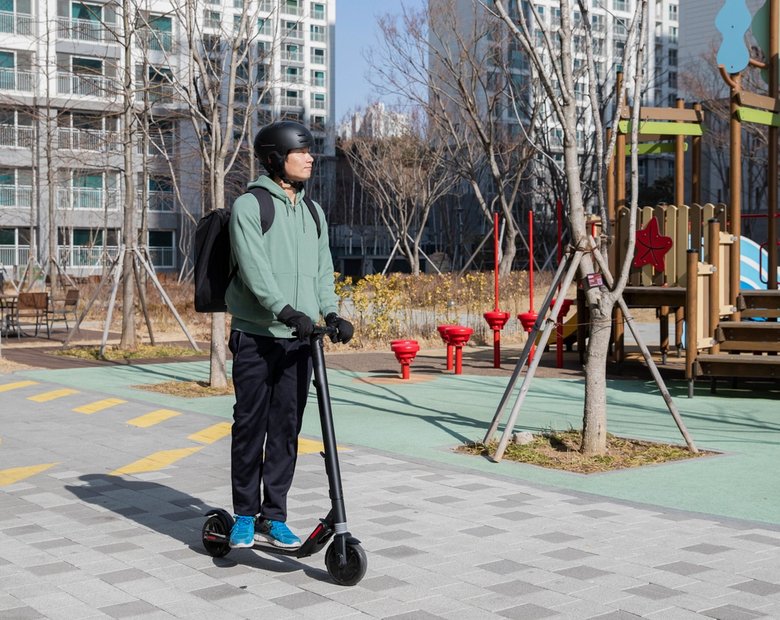
So, you're thinking about joining the electric scooter revolution, huh? You've seen those sleek and stylish scooters zipping around town, effortlessly gliding through traffic, and you can't help but wonder: Are electric scooters easy to ride?
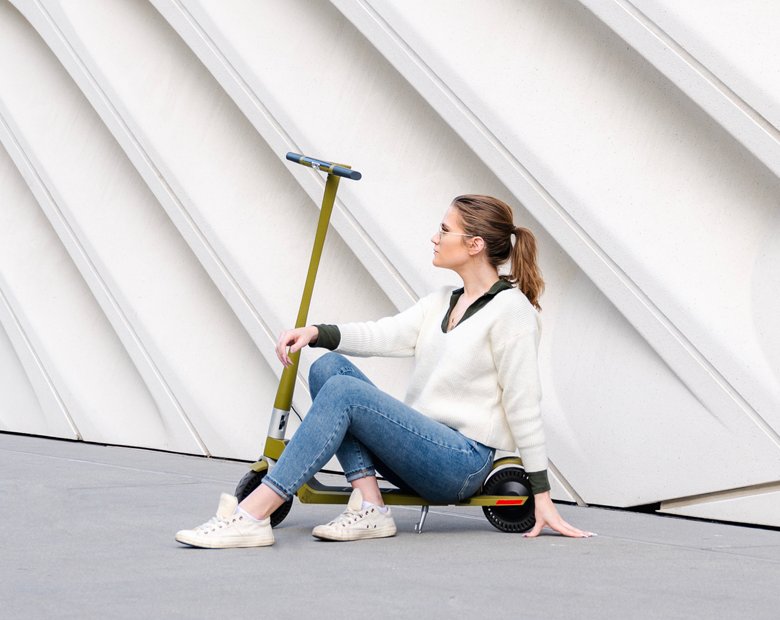
In this guide, we'll break down what defines a lightweight electric scooter, why you should choose one, and the top features you should look for.
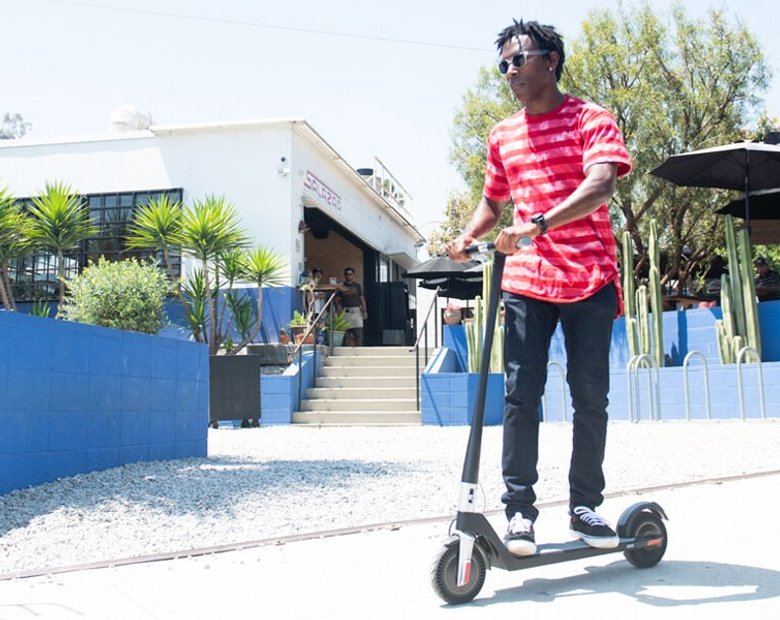
Want to get the most out of your electric scooter battery and extend your riding adventures? We've got you covered with our comprehensive guide full of maintenance tips and best practices.

*Disclaimer: Unagi, INC. has used best efforts, but does not in any manner guarantee the accuracy of the below findings regarding electric scooter laws in the United States or internationally. Electric scooter riders or those considering to purchase or begin…

It’s beyond question that we must drastically reduce carbon emissions in the coming years to head off the worst effects of climate change. How we do that has been a matter of considerably drawn-out debate. As individuals, it can be…

If you're considering riding an electric scooter for the daily urban commute - or even just for recreation - this article will give you the lowdown on getting insurance for an electric scooter.

In many regions, there's a clear restriction against riding electric scooters on the road, with the rules steering their use towards designated areas such as bicycle lanes, multi-use paths, and shared street paths.
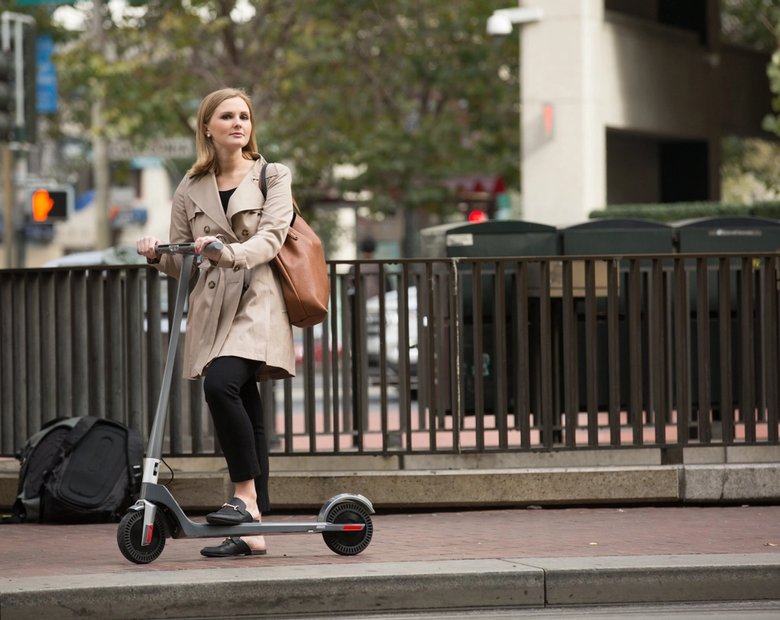
You’ve seen them all over your city’s streets, and everyone who rides one looks absolutely thrilled. So, why haven’t you picked up your own folding electric scooter yet? Maybe you’re worried about whether e-scooters require a driver’s license, or a…

The basis and the premise of my work is that we either operate out of love or we operate out of fear...Time is currency. The coolest thing about the scooters is that it's really quick, and it goes uphill. From there, traveling more efficiently and having a good time doing it--I think that's the most important thing.

Cynthia Leu has a full plate. A tech worker by day, Cynthia spends her off time balancing the parallel lives of a powerlifter, entrepreneur, mental health advocate, and more. Riding Unagi helps this USMC veteran cut down on everyday…

https://www.youtube.com/watch?v=7m2hVBE62LY Rasheed Muhammad is sick of Los Angeles traffic. In order to preserve his sanity, Rasheed has traded his everyday driving habit for the portable and beautiful Unagi Model One. It’s an essential accessory for navigating LA streets -- and…

Rich Lee, Co-Founder of San Francisco’s SPRO Coffee Lab, wants to share his love for coffee with the world. He depends on riding Unagi to avoid the hassle of navigating the parking crunch in the booming Mission Bay neighborhood.…


